Best Practices Articles

PartnerOps in Action: Scaling Global Channels Through Operational Excellence
In the evolving landscape of enterprise software and cybersecurity, PartnerOps has emerged as a critical growth enabler. Companies scaling their go-to-market strategies must rely on more than charismatic sales teams or fragmented partner relationships. They need structured, data-driven, and globally consistent PartnerOps functions that can transform how partners interact with the brand, drive revenue, and execute on behalf of the business. Without a cohesive operational backbone, even the most ambitious channel programs collapse under inefficiency and misalignment.
The shift toward global standardization of partner programs reflects this necessity. As companies expand internationally, regional teams must align on discounting models, tier structures, onboarding procedures, and performance tracking. PartnerOps orchestrates this alignment by embedding rigor into program governance and technology infrastructure. It eliminates the guesswork from partnership execution and replaces it with repeatable, scalable processes.
This article examines how PartnerOps fuels global channel growth. It breaks down the operational strategies that high-performing organizations deploy to unify their partner ecosystems, from foundational program design to field enablement and beyond. It offers a blueprint for companies at any stage of maturity to apply operational excellence as a lever for scale.
1. Laying the Foundation with Program Standardization
Companies often begin their partner journeys with regionally managed programs. While responsive to local markets, these programs usually lack consistency in pricing, discounting, and performance metrics. PartnerOps dismantles this fragmentation and creates a single, global operating model.
When operational teams standardize tier structures, partners receive clear expectations regardless of geography. They know what performance qualifies them for top-tier incentives and what certifications they must complete to progress. This consistency builds trust, accelerates engagement, and simplifies program communication.
In building global programs, PartnerOps teams integrate backend systems to support automation. Rather than relying on spreadsheets or manual updates, they deploy deal registration workflows that trigger the correct margins and discount levels based on tier status. They synchronize Salesforce fields with partner relationship management (PRM) platforms to ensure data flows without manual intervention.
Global standardization also empowers compliance. PartnerOps embeds legal and regulatory requirements into program logic, eliminating the risk of exposure across different jurisdictions. Teams can restrict benefits or participation based on regional mandates without compromising the integrity of the global framework.
Companies implementing this standardization unlock faster onboarding, lower partner attrition, and more accurate forecasting. They gain real-time insights into partner performance and create a program that can evolve without breaking down under scale.
PartnerOps teams must also build flexibility into this foundation. While standardization is key, regional variances require configuration rather than customization. That means building logic into systems that adjust tier requirements or onboarding paths based on local market conditions without altering the global framework. This approach keeps infrastructure manageable while ensuring each region can operate with relevance and agility.
2. Streamlining Deal Registration and Margin Integrity
Deal registration remains one of the most impactful levers in partner program performance. It provides visibility, protects partner investments, and creates predictable pricing behavior when executed correctly. However, many companies struggle to implement it effectively across global partner bases.
PartnerOps transforms deal registration from a spreadsheet nightmare into a structured, enforceable process. By embedding it into the PRM and syncing it with CRM systems, teams ensure that every registered deal receives the correct margin treatment. This protects partners from margin erosion and builds loyalty among top-performing resellers.
Operational teams set up automated checks to prevent duplicate registrations or unauthorized submissions. They define escalation paths for conflicts and route them through predefined workflows. This reduces disputes and saves sales teams from manually resolving partner clashes.
The downstream impact includes better pipeline accuracy and improved revenue attribution. Finance teams receive clean data for forecasting, and channel managers gain clarity into who drives growth. Companies can run targeted promotions and confidently track performance with reliable deal registration.
PartnerOps also maintains margin integrity. They configure systems to apply standardized discount tiers and restrict overrides. When leadership grants exceptions, PartnerOps documents them centrally to preserve auditability. This prevents discount leakage and ensures that profitability models remain intact.
The best PartnerOps teams track performance metrics such as time-to-approval, average discount granted, and partner deal close rate. They report on these KPIs weekly or monthly, using them to identify breakdowns and inefficiencies. They do not stop at automation; they actively optimize it.
Beyond technology, PartnerOps teams play a human role in reinforcing compliance. They train field teams on the value of deal registration. They coach partner account managers on how to explain the process to partners. They serve as the final defense against misuse, ensuring that systems and people work together to uphold program integrity.
3. Enabling Self-Service and Scalability Through Infrastructure
As partner ecosystems grow, companies cannot afford to scale support linearly. PartnerOps solves this challenge by designing systems that support self-service and intelligent automation. This shift reduces operational overhead and accelerates partner ramp-up.
One core infrastructure investment involves the partner portal. PartnerOps builds robust portals that centralize training, sales tools, marketing resources, and support documentation. They structure content based on partner tier or specialization, creating curated experiences that reflect each partner's role and value.
They also deploy learning management systems (LMS) inside these portals to deliver certifications and track progress. Based on completed coursework, these systems automatically gate benefits, such as deal registration or marketing funds. This reduces human intervention while ensuring that only qualified partners access high-impact resources.
PartnerOps integrates AI-powered assistants within the portal to respond to routine queries. These assistants help partners navigate program benefits, complete applications, or troubleshoot issues without involving channel managers. This AI augmentation increases partner satisfaction and lowers support costs.
PartnerOps builds data pipelines on the backend that extract, transform, and load partner activity into analytics dashboards. These dashboards inform go-to-market teams about usage trends, content engagement, and deal flow. Leaders rely on this visibility to adjust enablement tactics and improve partner conversion.
Scalability also depends on consistency. PartnerOps teams enforce brand standards, naming conventions, and documentation formats across all partner-facing tools. They create templates and resource libraries to reduce variability and confusion. These standards become critical as new teams join, new regions launch and more partners are on board.
PartnerOps teams also forecast portal traffic and content usage. They monitor behavior across cohorts to determine whether self-service works or needs revision. They directly deploy NPS (Net Promoter Score) or satisfaction surveys in the portal to capture feedback. Then, they act on it quickly to close experience gaps.
4. Empowering Global Alignment and Regional Autonomy
One of the most difficult challenges PartnerOps teams face is balancing global consistency with regional flexibility. While standardization enables scale, markets differ in maturity, buying behaviors, and regulatory conditions. PartnerOps navigate this tension by defining global guardrails while enabling local execution.
They establish core principles that every region must follow: tiering criteria, discount bands, and compliance standards. At the same time, they provide regional leaders with tools to customize onboarding workflows, language localization, or vertical-specific messaging.
PartnerOps develops playbooks that clarify what can be adapted locally and what must remain consistent globally. This empowers field teams to move quickly without introducing fragmentation. It also creates a unified partner experience, where a reseller in Singapore receives a similar journey as one in France, even though content and execution may vary.
PartnerOps facilitates alignment through cross-functional governance councils. These councils bring together regional channel leads, sales operations, finance, and marketing to review performance and make data-backed adjustments. This formal governance ensures every change has visibility and adheres to strategic goals.
When conflicts arise between global rules and local needs, PartnerOps steps in to mediate. They analyze data to understand the impact of proposed changes and offer solutions that honor scalability and flexibility. This proactive role cements PartnerOps as the connective tissue between corporate strategy and field execution.
PartnerOps teams also host global enablement sessions, quarterly business reviews, and regional listening tours to build cultural alignment. They create spaces for feedback and collaboration, which increases program adoption and partner satisfaction.
5. Driving Efficiency and Innovation Through Technology
PartnerOps thrives at the intersection of technology and process. As the scope of partner engagement expands, operational teams must adopt modern platforms and tools to maintain agility. They no longer rely solely on email chains and manual spreadsheets. Instead, they architect tech stacks that scale with the ecosystem.
At the center of this stack sits the PRM system, which connects partners to the internal organization. PartnerOps configures these systems to handle onboarding, co-selling, content delivery, and reporting. They integrate PRMs with CRM, marketing automation, LMS, and incentive platforms to create a seamless partner journey.
Teams use workflow automation to reduce administrative friction. For example, when a partner completes onboarding, the system can automatically grant access to gated resources and notify the relevant channel manager. Similarly, approvals for MDF (market development funds) can route through conditional logic, reducing bottlenecks and speeding up campaign execution.
PartnerOps also evaluates emerging technologies like generative AI to augment productivity. They use AI to draft partner communications, create custom enablement content, or analyze historical data for trend insights. These applications improve response times, reduce workload, and increase personalization to partner touchpoints.
Through continuous improvement cycles, PartnerOps tests, deploys, and refines new technologies. They gather partner feedback, track performance metrics, and retire tools that no longer deliver value. This iterative mindset positions the function as an operational necessity and an innovation engine.
They also champion the voice of the partner internally. PartnerOps brings evidence and recommendations to product and engineering teams when platforms create friction. They advocate for roadmap changes, prioritize feature requests, and ensure that partners remain central to the digital transformation journey.
Conclusion
PartnerOps has become indispensable for companies seeking to scale their partner ecosystems and drive consistent, predictable growth. It aligns cross-functional teams, enforces program discipline, and enables partners to execute effectively. By embedding technology, data, and governance into every layer of the partner journey, PartnerOps empowers organizations to deliver value at scale.
Companies that invest in PartnerOps build ecosystems that outperform peers in agility, satisfaction, and profitability. They create resilient routes to market that adapt to economic shifts, technological disruption, and evolving customer expectations. PartnerOps holds the blueprint for modern, scalable, and strategic partnerships.
Best Practices Guidebook
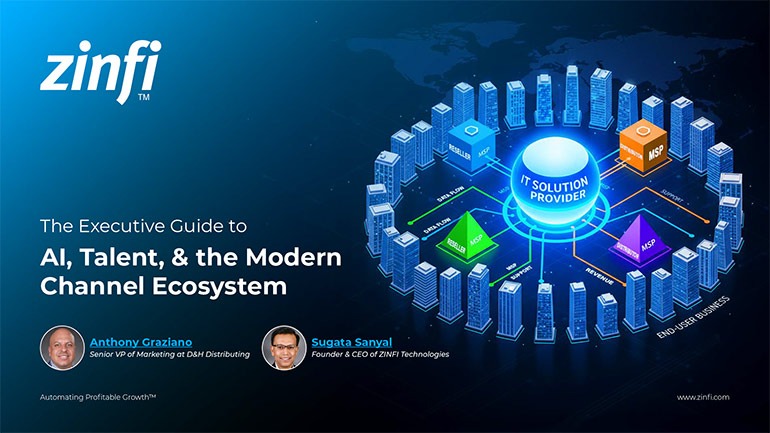 Modernizing Channel Marketing: AI and Ecosystem Enablement Best Practices
Modernizing Channel Marketing: AI and Ecosystem Enablement Best PracticesDownload for FREE
 The Channel’s Shift to Partner-Led With AI Best Practices
The Channel’s Shift to Partner-Led With AI Best PracticesDownload for FREE
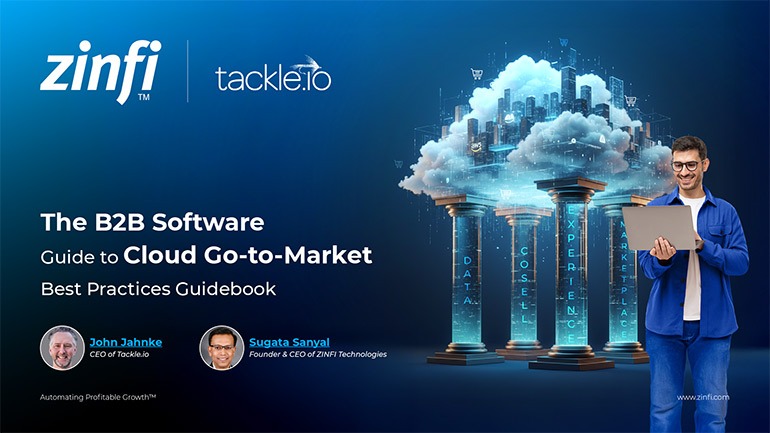 Hyperscalers, ISVs, and AI: Shaping the Future of B2B Software Distribution
Hyperscalers, ISVs, and AI: Shaping the Future of B2B Software DistributionDownload for FREE
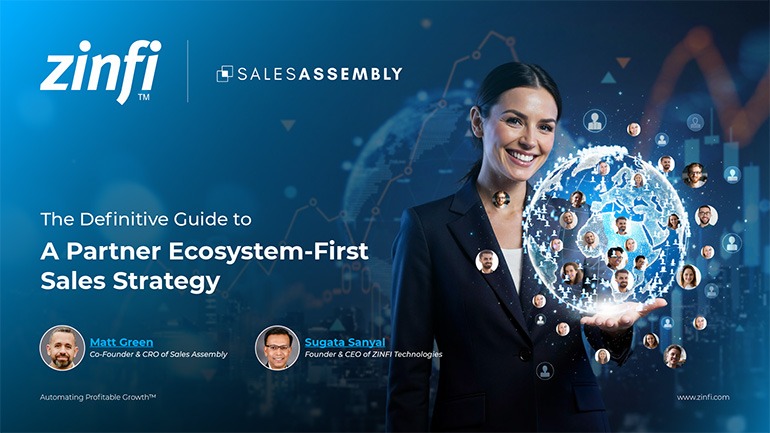 Definitive Guide to a Partner Ecosystem-First Sales Strategy
Definitive Guide to a Partner Ecosystem-First Sales StrategyDownload for FREE
 The Partner-Led Digital and AI Transformation Best Practices
The Partner-Led Digital and AI Transformation Best PracticesDownload for FREE
 Startup Talent Recruitment: Hiring Missionaries, Not Mercenaries
Startup Talent Recruitment: Hiring Missionaries, Not MercenariesDownload for FREE
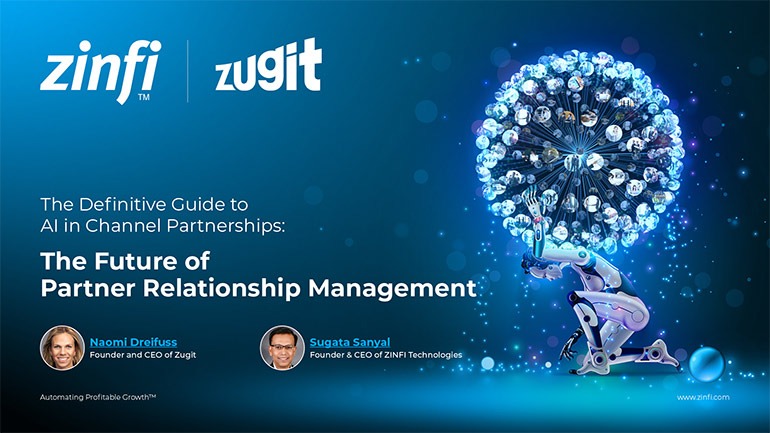 The Future of Partner Relationship Management with AI in Partnerships
The Future of Partner Relationship Management with AI in PartnershipsDownload for FREE
 Cybersecurity for the 99%: Strategies from the Frontline
Cybersecurity for the 99%: Strategies from the FrontlineDownload for FREE
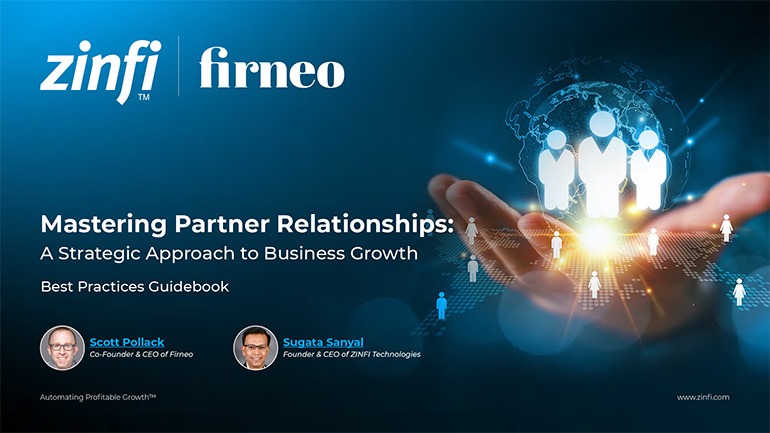 Mastering Partner Relationships: A Strategic Approach to Business Growth
Mastering Partner Relationships: A Strategic Approach to Business GrowthDownload for FREE
 Mastering Partner Relationship Management: Keys to SaaS Channel Success
Mastering Partner Relationship Management: Keys to SaaS Channel SuccessDownload for FREE
 Navigating the AI Revolution: Guide for Partners in the Microsoft Ecosystem
Navigating the AI Revolution: Guide for Partners in the Microsoft EcosystemDownload for FREE
 Mastering the Modern Buyers Journey: Sales Leader’s Guide to AI & Engagement
Mastering the Modern Buyers Journey: Sales Leader’s Guide to AI & EngagementDownload for FREE










